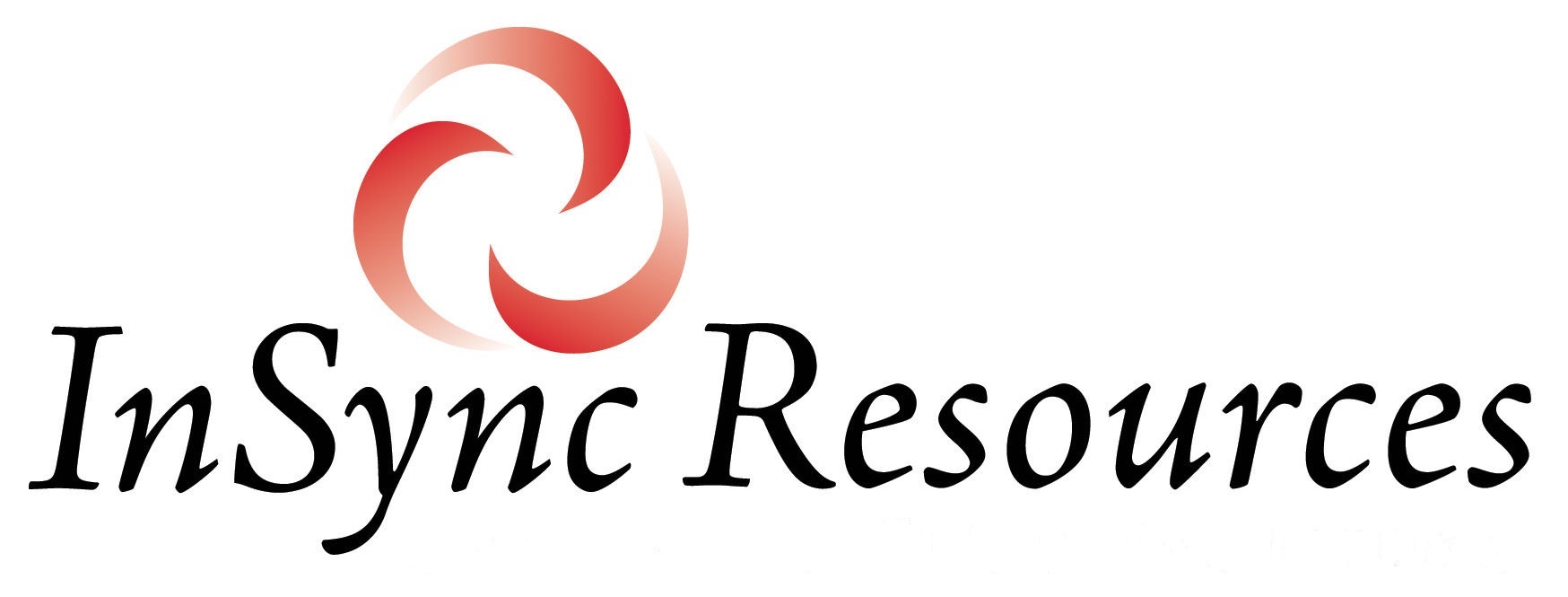
Employers rarely ask if you can perform a job task and then settle for a simple “yes” answer. They will dig a little deeper and ask you for an example from your past that provides evidence of your ability and how that ability has ultimately made an impact on your team, organization, customers, etc.
In other words, they want proof that you can do what you say you can do.
NOTE: A welcome side effect of being asked to provide examples is that it enhances your connection with the interviewer and makes you more memorable. In case you didn’t know, there’s brain science behind why this happens. Check out Paul Zak’s Harvard Business Review article, Why Your Brain Loves Good Storytelling.
See below for some tips to help you prepare success stories ahead of time before the job interview.
Choosing Your Success Stories
The ideal starting place is with the job posting. But if you don’t have a job posting, using a general job description might serve you well in a pinch. You can find general job description samples on HR websites like SHRM, an association for HR professionals. In the resource section on SHRM’s website, you’ll find 1000+ job description templates. Another excellent resource is the recruiting platform, Workable, which also offers 1000+ job description templates.
You’ll have a job posting most of the time. When you do, you can use it to guide you in preparing for the interview much like you would use it when targeting your resume. You would break the job posting down into its basic components and take your cue from those components to anticipate potential questions the employer may ask.
Of the sections you’ll find on a job posting, there are typically three main ones that will matter to you when preparing for the interview:
- The role summary (sometimes intermingled with employer branding verbiage).
- The tasks and responsibilities (often presented as a bulleted list).
- The required and preferred qualifications (almost always presented as a bulleted list).
Within these main sections, there are a few major areas that the employer typically wants to ask you about:
- Your experience level. Most employers measure this with time, e.g., “Requires 5+ years of project management experience.” However, even if they list such a requirement, some employers also like to ask questions about the scope, complexity, and level of involvement of projects you’ve managed.
- Your skills/expertise. Skills are usually learned and may or may not be related to experience. For example, maybe you’ve taken tutorials on advanced Excel functions but have no hands-on experience applying those skills in your job yet.
- Your intangible qualities. Intangible qualities are trait descriptions such as calm under pressure, collaborative, solution-focused, results-oriented, well-organized, etc.
Yes, there is a fourth area you might find on job postings, and that is the desired or required education/training. For many positions, education/training is not as important as what your experiences say about your ability to perform the work you’d be required to do in the role. However, if it is a critical factor, the employer will have used it to immediately screen you in or out. In other words, if they’re satisfied with your credentials, they will probably not spend much time on questions about your education/training during the interview.
So, essentially, you need to primarily focus on preparing success stories based on past experiences that demonstrate your skills/expertise and intangible qualities.
The easiest way to do this is to set up two columns on a spreadsheet or simply draw a line longways down the middle of a piece of paper. In the first column, place each skill/expertise and intangible quality the employer has included on the job posting. In the second column, write corresponding success stories from your background that demonstrate each skills/expertise and intangible qualities you listed in the first column.
How Many Stories To Prepare
The two-column approach described above doesn’t necessarily mean that you must have a new and separate success story for each item in the first column. It’s possible you’ll have some overlapping anyway.
But just how many should you prepare?
You’ll find varying opinions from the experts. For example, in his Forbes article, Want to Ace Your job Interview? Tell a Great Story, executive coach Robert Hellmann recommends that you should only prepare “two or three stories (not 15).” In her article on TheMuse.com, college employment advisor Kat Boogaard, suggests that you should have six on hand, and here are the six types of stories she recommends:
- When You Solved a Problem
- When You Overcame a Challenge
- When You Made a Mistake
- When You Worked as a Leader
- When You Worked With a Team
- When You Did Something Interesting
Expert opinions aside, you should prepare as many stories as you need to feel confident and ready for the interview. For you, that might mean three stories, or it might mean six, or it might mean 15.
Easy Storytelling Formula
Whether you’ve chosen to tell success stories based on the topics Boogaard suggests and/or based on what you’ve identified as important in the job posting, you can use an easy formula to prepare your success story. This easy storytelling formula is S-A-R, which stands for Situation, Action, and Result.
Situation – Describe a situation or problem (and the goal/solution needed) that required you to demonstrates your ability or experience in a certain area. This situation will prove that you have certain skills/expertise and will possibly also show that you have certain intangible qualities.
Action – The situation may have called for a team response (it usually does), but what was your specific role? What specific actions did you take? When you’re interviewing for a leadership role, you should definitely emphasize your actions taken as a leader in the situation.
Results – Did the goal get achieved or was an effective solution put into place? In other words, what was the result of the actions taken? What was the impact on those involved (team members, customers, etc.)? And, in the context of the interview, sometimes an interviewer will also ask, “What did you learn from this experience?”
Want to see a great example of how to answer an interview question using SAR? If so, check out Job Seeker Sample S-A-R Response for Behavioral Interviews by career advice expert Randall Hansen on LiveCareer.com. He demonstrates how to use the formula with the interview question: “Some people consider themselves to be “big picture people” and others are detail oriented. Which are you? Give an example that illustrates your preference.”
